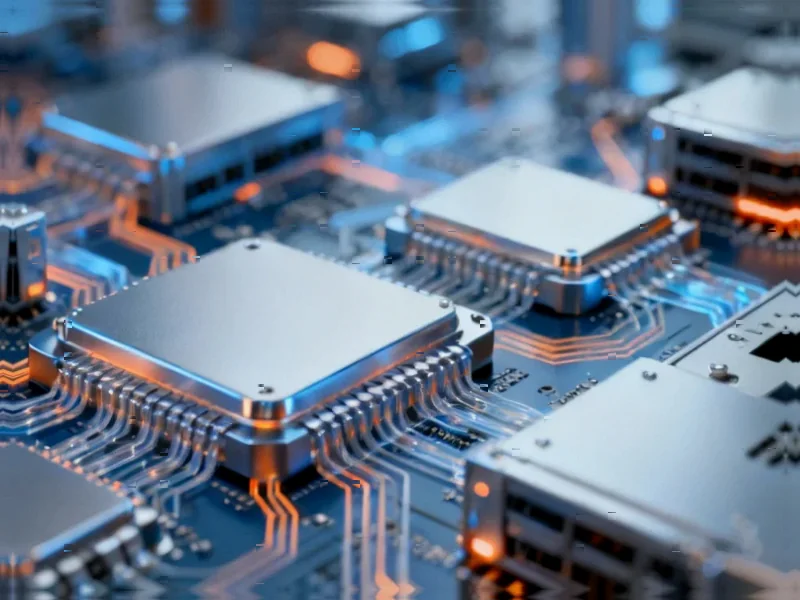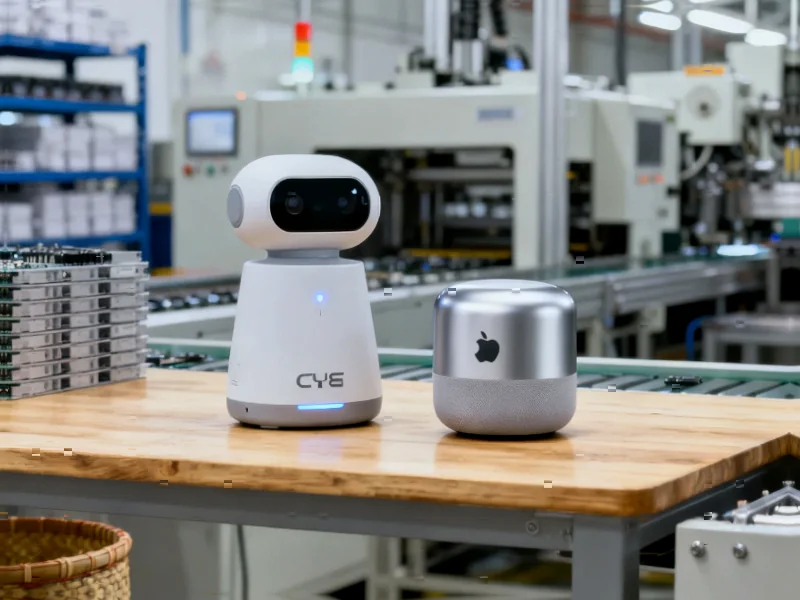According to Forbes, Qualcomm has launched new data center AI chips, PCIe cards, and integrated racks for energy-efficient inference processing, with the AI200 chip expected in 2026 and a follow-up in 2027. The company announced a yearly release cadence but omitted critical details like performance metrics and memory technology specifics. This ambitious move represents Qualcomm’s significant escalation in the competitive AI data center market, though many questions remain unanswered.
Table of Contents
Understanding Qualcomm’s Strategic Shift
Qualcomm’s entry into rack-scale AI inference represents a fundamental strategic pivot for a company historically dominant in mobile semiconductors. While the company has dabbled in data center AI since 2019 with the AI100, this announcement signals a serious commitment to challenging Nvidia’s dominance. The focus on inference rather than training is telling – it suggests Qualcomm is targeting the faster-growing segment where energy efficiency and cost-per-inference matter more than raw training performance. This plays to Qualcomm’s strengths in power-efficient design honed through decades of mobile processor development.
Critical Analysis: The Missing Pieces
The most concerning aspect of Qualcomm’s announcement is what they didn’t reveal. Without specific performance numbers, memory bandwidth details, or power efficiency metrics, it’s impossible to assess how competitive these chips will be against established players. The absence of NVLink support until potentially 2028 is particularly problematic for scale-up scenarios where high-speed interconnects are crucial. Furthermore, the claim of ten-fold memory bandwidth improvement between AI200 and AI250 generations without capacity increases suggests either revolutionary memory architecture or potentially unrealistic projections. The data center market requires concrete performance data for adoption decisions, and Qualcomm’s vagueness could hinder early enterprise interest.
Industry Impact and Competitive Landscape
Qualcomm’s entry intensifies an already crowded AI accelerator market that includes Nvidia, AMD, Intel, and numerous startups. Their rack-scale approach targeting standard 19-inch rack configurations suggests they’re pursuing cloud providers and large enterprises rather than niche applications. However, the success of any AI hardware depends heavily on software ecosystem maturity. While Qualcomm mentions their AI Stack, the real challenge will be convincing developers to port their models and workflows from CUDA to Qualcomm’s platform. The company’s mobile heritage gives them experience with diverse software ecosystems, but the data center represents a much higher barrier to entry given Nvidia’s decade-long head start in developer tools and libraries.
Outlook: Long Road Ahead
Qualcomm’s ambitious yearly cadence and massive investment signal serious intent, but 2026-2027 timelines feel distant in the rapidly evolving AI hardware landscape. By the time AI200 ships, Nvidia will likely be on their 4th or 5th generation Blackwell architecture. The real test for Qualcomm will be whether they can demonstrate compelling total cost of ownership advantages that justify the switching costs for enterprises deeply embedded in Nvidia’s ecosystem. Their best opportunity may lie in specialized inference workloads where their power efficiency advantages can translate into meaningful operational cost savings, particularly for cloud providers running massive inference operations at scale.



